Table of Contents
- Understanding Gaia Theory as an Integrated Ecological System
- The Role of Microorganisms in Earths Self-Regulating Mechanism
- Human Impact on the Gaia Hypothesis and Planetary Health
- Practical Applications of Gaia Theory in Sustainable Living
- Exploring the Future of Gaia Theory in Climate Change Conversations
- Q&A
- The Way Forward
Understanding Gaia Theory as an Integrated Ecological System
At its core, Gaia Theory posits that Earth functions as a self-regulating, interconnected system where living organisms interact with their inorganic surroundings to maintain conditions that sustain life. Proposed by James Lovelock in the 1970s, this idea transforms our understanding of ecological relationships. Rather than viewing organisms and their environment as separate entities, Gaia Theory emphasizes interdependence and cooperation within the biosphere, stressing that life plays a critical role in shaping and maintaining the Earth’s environment.
This concept encourages us to explore various components that contribute to the stability of ecosystems. Some key elements include:
- Biodiversity: Diverse species provide resilience, ensuring ecosystems can adapt to changes.
- Soil Health: Healthy soil supports plant growth, crucial for carbon cycling and nutrient supply.
- Water Cycle: The interactions within water systems help regulate climate and support life.
Furthermore, the idea of Gaia extends beyond biological entities to include physical and chemical processes. Atmospheric gases, ocean currents, and geological activity all play vital roles in the global system. A simplistic representation of these interactions might look like this:
| Element | Function |
|---|---|
| Photosynthesis | Produces oxygen and organic matter. |
| Carbon Sequestration | Removes carbon dioxide from the atmosphere. |
| Nitrogen Fixation | Converts atmospheric nitrogen into a useable form for plants. |
This holistic perspective not only highlights the intricate balance maintained by natural processes but also prompts us to reconsider our role within this system. By recognizing these connections, we are encouraged to develop sustainable practices that honor and preserve the delicate interactions that define life on Earth.
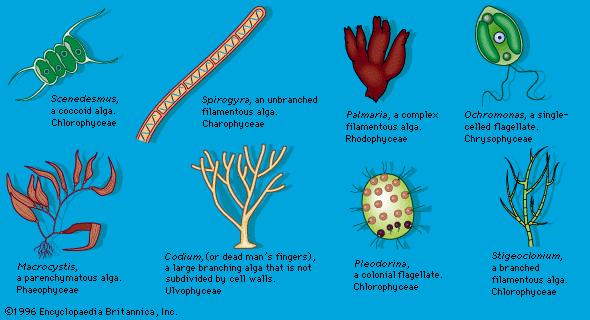
The Role of Microorganisms in Earths Self-Regulating Mechanism
The planet’s ability to maintain conditions suitable for life is intricately linked to the actions of microorganisms. These tiny organisms, although often overlooked due to their size, play a pivotal role in regulating environmental conditions. Through processes such as decomposition, nutrient cycling, and carbon sequestration, they ensure that vital elements are continuously replenished and made available for other organisms. For instance, bacteria in the soil are crucial in breaking down organic matter, returning essential nutrients like nitrogen and phosphorus into the ecosystem, thus promoting plant growth and sustaining food chains.
Moreover, microorganisms contribute significantly to the Earth’s climate regulation. Photosynthetic microorganisms like phytoplankton absorb carbon dioxide during photosynthesis, mitigating the greenhouse effect and contributing to global temperature stability. These organisms produce a substantial portion of the world’s oxygen supply while sequestering carbon. Acknowledging their role highlights the profound impact that these seemingly insignificant entities have on global systems, reinforcing the interconnectedness of life on Earth.
The influence of microorganisms extends into the realms of water purification and soil health. By breaking down pollutants and facilitating the decomposition of organic matter, they help maintain clean water and fertile soils. This purification process is vital in agricultural practices, where healthy soil microbiomes enhance crop resilience against pests and diseases. The symbiotic relationships formed between plants and microorganisms, such as mycorrhizal fungi, additionally underscore the importance of these organisms in fostering biodiversity and ecosystem resilience.

Human Impact on the Gaia Hypothesis and Planetary Health
The Gaia Hypothesis, proposed by James Lovelock, articulates a compelling view of Earth as a self-regulating system where living organisms interact with their inorganic surroundings to maintain conditions conducive to life. However, human activities have significantly impacted this delicate equilibrium. The rapid industrialization, deforestation, and urban expansion have led to increased greenhouse gas emissions, disrupting the planet’s natural self-regulating mechanisms. The balance that Gaia maintains is increasingly challenged by pollution, habitat destruction, and climate change—a reflection of how human actions can threaten the very systems that support all life.
In this context, planetary health emerges as a crucial framework for understanding the interplay between human health and environmental sustainability. It recognizes that the well-being of humans is inherently linked to the health of the ecosystems we inhabit. Aspects such as biodiversity, soil fertility, and clean air and water are not merely ecological concerns but fundamental components of public health. Protecting these elements is essential for maintaining the biological diversity and resilience of our planet. By adopting sustainable practices, we can protect these natural systems and, in turn, safeguard our own health and longevity.
To effectively address these challenges, a collaborative effort is necessary. This includes government policies, community initiatives, and individual actions aimed at regenerating the planet’s health. Some impactful strategies are:
- Reducing carbon footprints through energy efficiency and renewable energy sources.
- Promoting sustainable agriculture that enhances soil health and minimizes chemical inputs.
- Restoring ecosystems to rebuild biodiversity and improve resilience against climate changes.
By recognizing our role within this interconnected web of life, we can contribute to the health of our planet and thus, ourselves. Each initiative undertaken can nurture the Earth’s ability to thrive, reaffirming the profound relationship between humanity and the Gaia system.
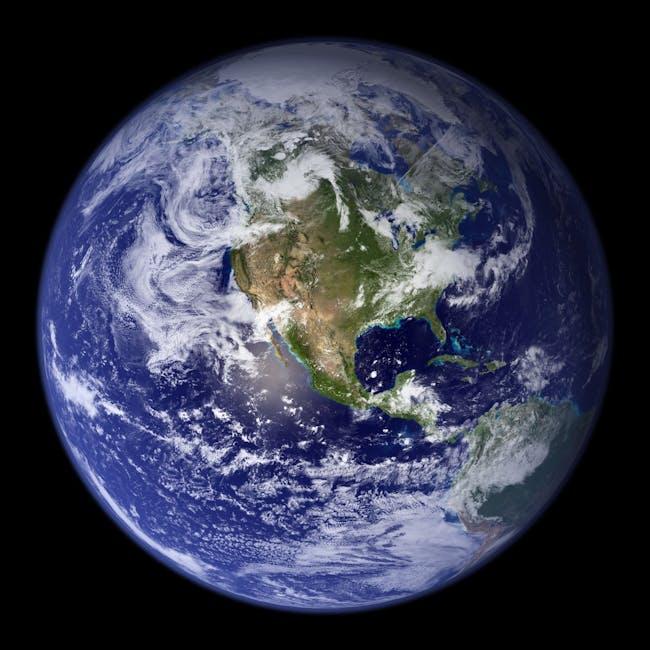
Practical Applications of Gaia Theory in Sustainable Living
The principles of Gaia Theory, which posits that the Earth functions as a self-regulating, complex system, can be seamlessly integrated into various aspects of sustainable living. By recognizing the interconnectedness of all life forms and their environment, individuals and communities can adopt practices that promote ecological balance. This approach encourages people to think about their actions in terms of their broader impact on the planet, fostering a sense of stewardship and responsibility.
Some practical applications include:
- Permaculture: Designing agricultural systems that mimic natural ecosystems, which reduces waste and increases biodiversity.
- Zero-Waste Lifestyle: Encouraging the reuse and recycling of materials minimizes environmental footprints and promotes circular economies.
- Community Gardens: These initiatives enhance local food security while fostering community ties, allowing participants to engage with nature and understand their role within it.
Incorporating Gaia Theory into daily life also encourages the utilization of renewable resources and sustainable energy solutions. For example, households can transition to solar or wind power, significantly reducing their reliance on fossil fuels. Additionally, by embracing eco-friendly technologies, people can lower their carbon footprint while contributing to a healthier planet. This holistic mindset aligns with the principles of sustainability and promotes harmony between human activities and Earth’s systems.

Exploring the Future of Gaia Theory in Climate Change Conversations
The conversation surrounding climate change is evolving, and Gaia theory offers a compelling framework for understanding the intricate relationships within Earth’s systems. By viewing the planet as a self-regulating entity where living organisms interact with their inorganic surroundings, discussions can shift from seeing environmental issues as isolated incidents to understanding them as part of a broader ecological context. This holistic perspective encourages collaborative solutions, emphasizing the interconnectedness of ecosystems, species, and human activity.
To further integrate Gaia theory into climate change discourse, we must consider several key factors:
- Interdependence: Emphasizing how human actions affect the biosphere can lead to more sustainable practices.
- Resilience: Understanding natural systems’ adaptability helps in developing strategies that reinforce ecological balance.
- Community Engagement: Grassroots movements can harness Gaia principles to foster environmental stewardship within local populations.
Innovative policy-making can benefit tremendously from incorporating Gaia theory by establishing frameworks that respect the planet’s limits. This can be facilitated through collaborative platforms that gather scientists, policymakers, and community leaders together. An example of this is encapsulated in the following table, highlighting proposed strategies for effective integration:
| Strategy | Description | Expected Outcomes |
|---|---|---|
| Inclusive Dialogue | Bringing diverse voices to the table in climate discussions. | Broader consensus and innovative solutions. |
| Education Programs | Educational initiatives promoting ecological literacy. | Empowered communities making informed decisions. |
| Sustainable Practices | Fostering sustainable development and conservation methods. | Long-term ecological health and resilience. |
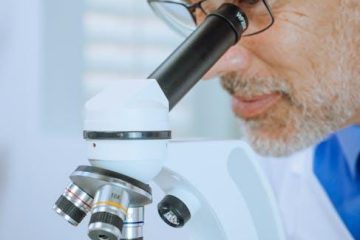
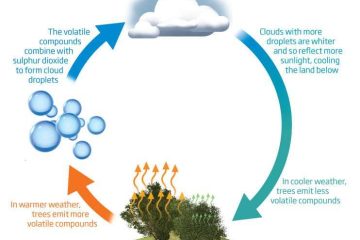
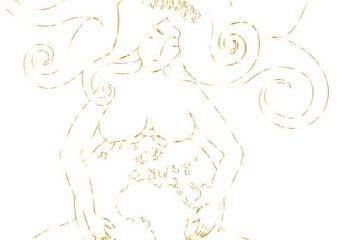
0 Comments